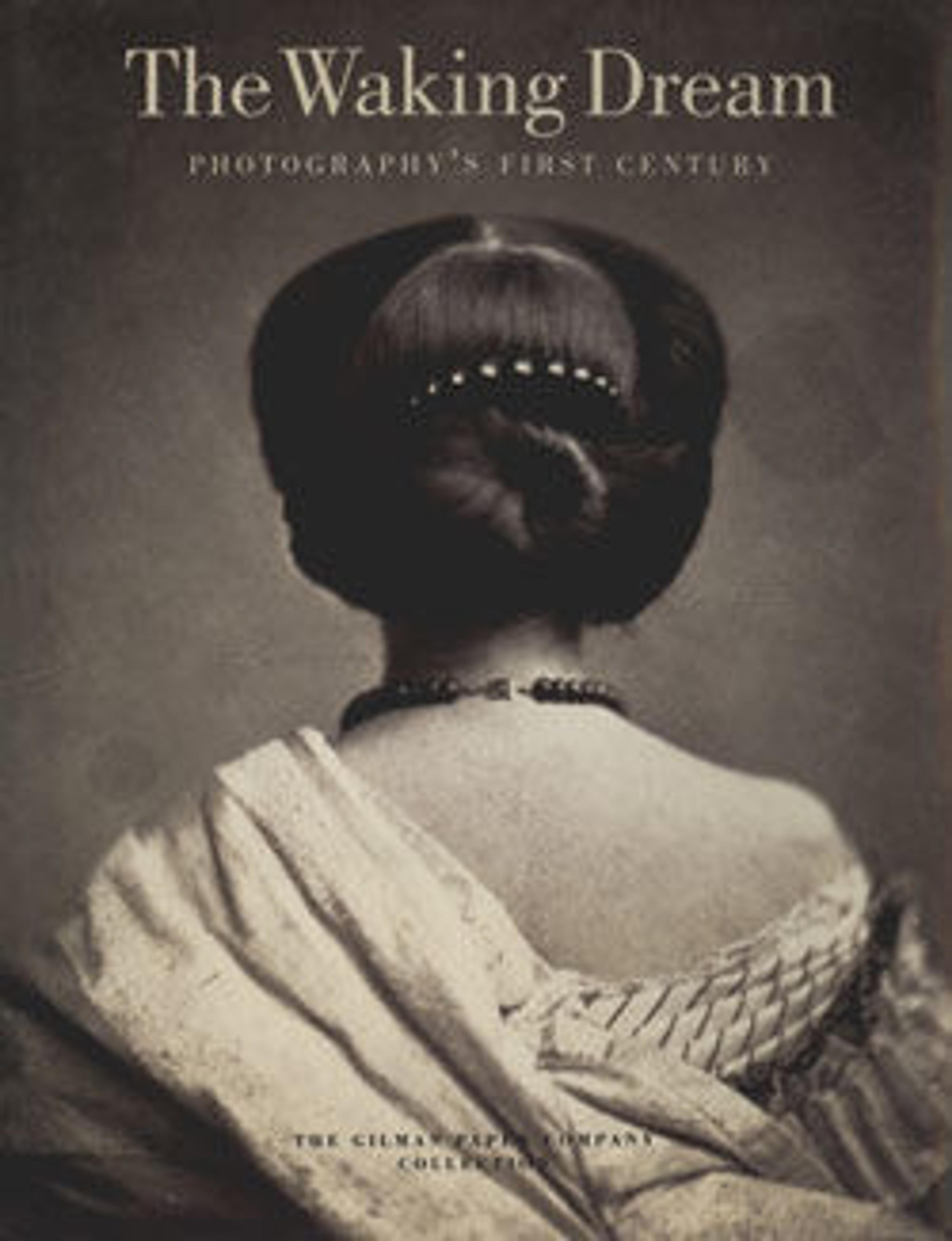Parlourmaid Preparing a Bath Before Dinner
Bill Brandt's career, which spanned nearly sixty years, reveals two distinct phases. His work from 1928 until 1945 can be described as a kind of social documentation that delineated the sharp contrasts that existed among the many strata of British society. And the subject matter he took up after World War II, portraits of literary figures, landscapes, and studies of the nude, reflects the recurrent influence of Surrealism, to which he was exposed during his brief tenure as Man Ray's assistant in Paris in 1929.
The son of a British father and a German mother, Hermann Wilhelm Brandt spent his childhood and early adult years primarily in Germany. Thus, when he settled in London in 1931, he was able to cast an objective, if not critical, eye on the customs of the society. The photographs in his first two publications, "The English at Home" (1936) and "A Night in London" (1938), suggest two important influences from his childhood years: Jugendstil poster design, with its stark graphic contrasts and silhouetted figures, and English nursery-book illustrations, with their characterizations of British types in the context of their social roles. Brandt attempted to re-create these roles in his early photographs, often enlisting members of his own family to pose for those scenarios that took place in upper-class milieus. In the image seen here, for example, which appears as plate 4 in "A Night in London," Brandt directed Pratt, a maidservant in the employ of his banker uncle, to draw a bath for "Madam," who is shown leaving for a party in plate 5.
The son of a British father and a German mother, Hermann Wilhelm Brandt spent his childhood and early adult years primarily in Germany. Thus, when he settled in London in 1931, he was able to cast an objective, if not critical, eye on the customs of the society. The photographs in his first two publications, "The English at Home" (1936) and "A Night in London" (1938), suggest two important influences from his childhood years: Jugendstil poster design, with its stark graphic contrasts and silhouetted figures, and English nursery-book illustrations, with their characterizations of British types in the context of their social roles. Brandt attempted to re-create these roles in his early photographs, often enlisting members of his own family to pose for those scenarios that took place in upper-class milieus. In the image seen here, for example, which appears as plate 4 in "A Night in London," Brandt directed Pratt, a maidservant in the employ of his banker uncle, to draw a bath for "Madam," who is shown leaving for a party in plate 5.
Artwork Details
- Title:Parlourmaid Preparing a Bath Before Dinner
- Artist:Bill Brandt (British (born Germany), Hamburg 1904–1983 London)
- Date:ca. 1937
- Medium:Gelatin silver print
- Dimensions:23 x 18.7 cm (9 1/16 x 7 3/8 in.)
- Classification:Photographs
- Credit Line:Gilman Collection, Purchase, Ann Tenenbaum and Thomas H. Lee Gift, 2005
- Object Number:2005.100.159
- Curatorial Department: Photographs
More Artwork
Research Resources
The Met provides unparalleled resources for research and welcomes an international community of students and scholars. The Met's Open Access API is where creators and researchers can connect to the The Met collection. Open Access data and public domain images are available for unrestricted commercial and noncommercial use without permission or fee.
To request images under copyright and other restrictions, please use this Image Request form.
Feedback
We continue to research and examine historical and cultural context for objects in The Met collection. If you have comments or questions about this object record, please contact us using the form below. The Museum looks forward to receiving your comments.
